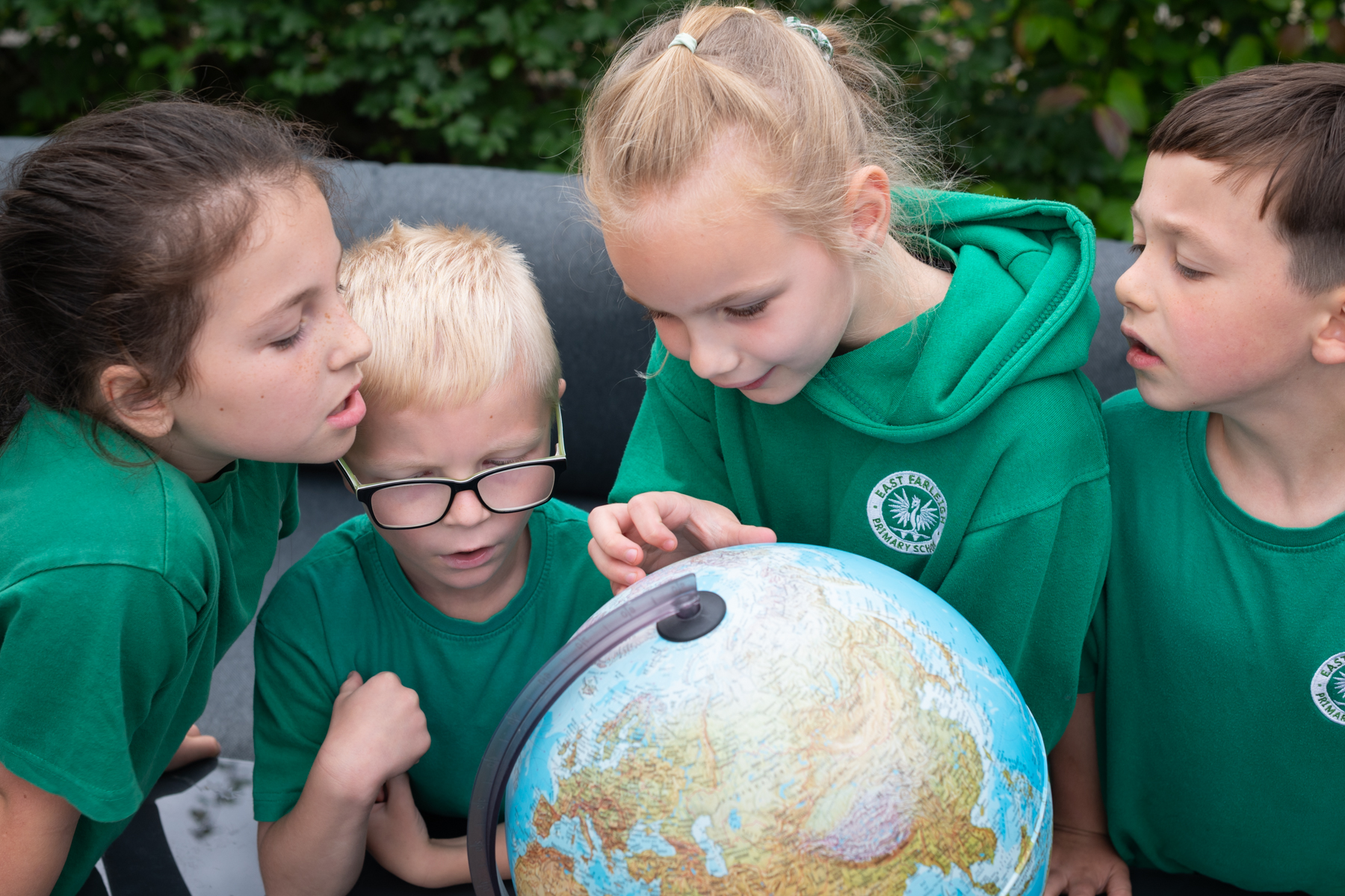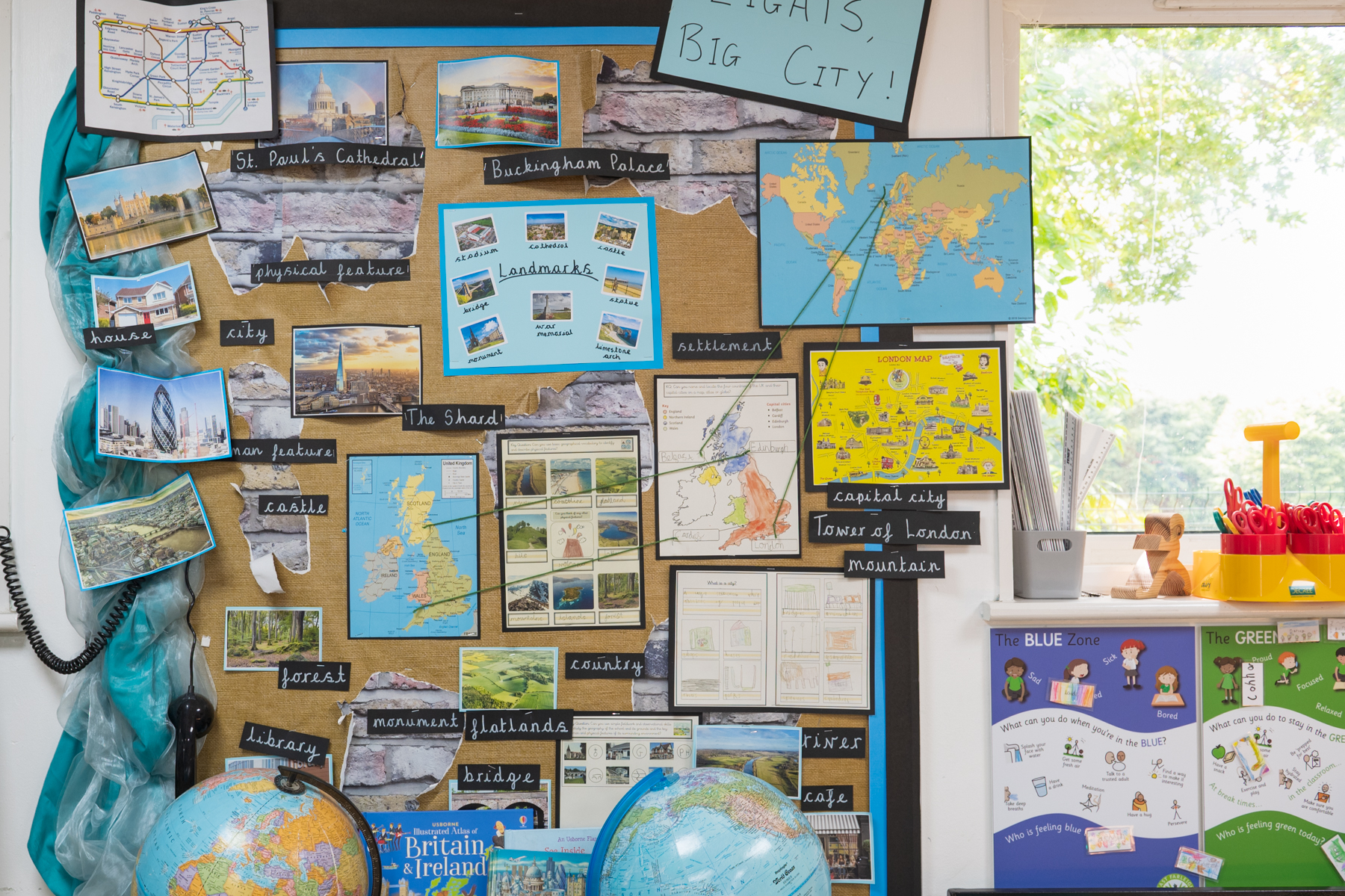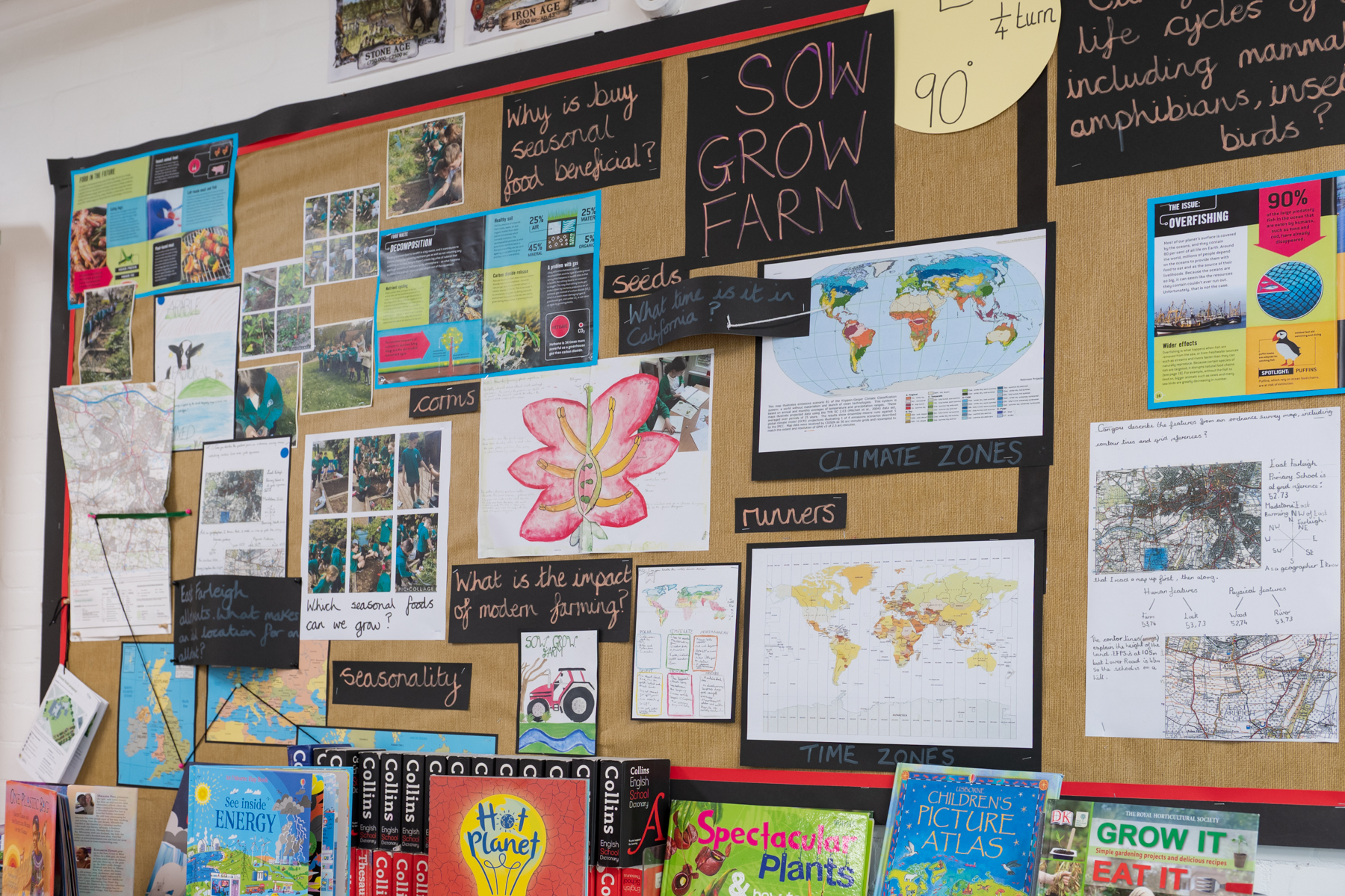Geography

Vision
Our dynamic and engaging Geography curriculum designed using the Cornerstones Maestro framework. This innovative approach ensures that our students gain a deep understanding of the world around them through hands-on, inquiry-based learning experiences. Our Geography curriculum aims to:
- Develop a strong knowledge of local, national, and global geography.
- Foster curiosity and a sense of wonder about the world.
- Equip students with the skills to investigate and analyse geographical issues.
- Encourage respect for different cultures and environments.
- Promote sustainable thinking and environmental stewardship.
Key Stage 1 (KS1)
In Key Stage 1, our young geographers begin their journey by exploring their immediate surroundings. They learn to:
- Identify key human and physical features of their local area.
- Use basic geographical vocabulary to describe their environment.
- Create simple maps and use directional language.
- Recognize the similarities and differences between places.
Topics include:
- Our School and Local Area
- Weather Patterns
- The United Kingdom and Its Countries
- Hot and Cold Places Around the World

Key Stage 2 (KS2)
In Key Stage 2, students build on their foundational knowledge and expand their geographical understanding to include more complex concepts and global issues. They learn to:
- Use maps, atlases, globes, and digital/computer mapping to locate countries and describe features.
- Understand the geographical similarities and differences between different regions of the world.
- Study the physical and human characteristics of a range of locations.
- Investigate how human activity impacts the environment and how environments can change over time.
Topics include:
- The Geography of the United Kingdom
- Farming
- Rainforests and Deserts
- Rivers and Mountains
- Climate Zones, Biomes, and Vegetation Belts
- Settlements, Land Use, and Economic Activity

Enrichment Activities
To complement classroom learning, we offer a variety of enrichment activities, including:
- Field trips to local geographical sites and landmarks including our local 'Our Place, Our History of East Farleigh' days.
- Workshops with geography experts and environmentalists.
- Hands-on projects such as building models of geographical features.
- Participation in national geography competitions and challenges.
Sustainability and Environmental Awareness
We are committed to instilling a sense of responsibility and stewardship in our students. Our Geography curriculum emphasizes:
- The importance of sustainable living.
- The impact of human activities on the environment.
- Ways to protect and preserve our natural world.
Curriculum Progression
A copy of our progression document will be available here soon.
Through the Cornerstones Maestro framework, our Geography curriculum not only meets the national standards but also inspires students to become informed, responsible, and active global citizens. We look forward to nurturing their curiosity and helping them discover the fascinating world of geography.
Geography News
-
Wednesday 1 October 2025 East Farleigh Eruption!
-
Tuesday 23 September 2025 Exciting eruptions! This week, Year 3 have been learning about the structure and types of different volcanoes. We have been making some beautiful volcano factfiles in our journals, which we painted today. Aren't they looking great?
-
Friday 20 June 2025 An Exploration to Forest School! This week the EYFS have been learning about explorations! In our topic lessons we have had a Geography focus and have been learning about the continents and oceans. We finished our week with a journey to the garden for Forest School with Mrs Le Beau, we had a fantastic time making leaf rubbings and nature faces.
-
Friday 13 June 2025 Pirate Takeover in Year ARRR! This week has been all about PIRATES! All our Topic activities and classroom enhancements have been based on this theme and we have had a marvellous time! On Monday we came to school to see a Pirate ship had docked in our outside area and WANTED posters for Captain Pink Beard had been put up around the school... it got us thinking that there might be some treasure hidden somewhere! Throughout the week we spent time making our own ships, treasure maps, telescopes and pirate hats. We have written about what we'd look like if we were Pirates and on Friday we got to experience our very own Pirate Day! We dressed up as real pirates and before we knew it a message from Captain Pink Beard made it's way to us... this is where our hunt for her treasure began! We searched the school and clues led us to a puzzle, we were able to crack the code and the treasure (and a very familiar looking Captain Pink Beard) revealed itself to us, it was the most delicious treasure we could have asked for. We hav
-
Sunday 23 March 2025 Darting through the River Dart! This week, Year 4 had a thrilling trip to the enchanting River Dart. This exciting outing complimented our geography curriculum, focusing on natural processes such as erosion and deposition along the river. It was a wonderful opportunity for the children to explore the great outdoors and see real-life examples of what we've learnt in the classroom.
-
Tuesday 4 March 2025 Year 6 - Exploring Polar Regions Geography: Polar regions - Night and Day, Oceans, Landscapes
-
Wednesday 15 January 2025 Geography of Greece
-
Wednesday 8 January 2025 Observing the world around us Year 4 have had a busy first week back, this week, getting stuck into their new geography topic Misty mountain, winding river and continuing their discovery of states of matter.
-
Thursday 19 December 2024 Designing a market garden This week we have used all the disciplinary skills we have been learning about in geography to design our own market garden in our 'Innovate Journal'. We had to decide a suitable location and give a six-figure grid reference using an ordnance survey map. We then had to describe the geographical features of our site and why we had chosen it. We used our knowledge of seasonality to create a planting and growing plan and decided how we would transport our goods using the transport links in our local area. Well done Year 5 - you are 'Great Geographers!'
-
Wednesday 11 December 2024 UK and it's Capital Cities Class One have been learning about the four countries of the UK and their capital cities.
-
Tuesday 5 November 2024 Finding our way at Orienteering club Welcome to the Orienteering Club at East Farleigh Primary, where our young explorers learn the fine art of map reading and navigating their way through the great outdoors. If you’ve ever seen your child attempt to find their way back from the school playground, you’ll know this is a skill that could come in handy! We turn those puzzled looks into triumphant smiles as they master the map setting and develop orienteering skills that will make even the most seasoned adventurer proud.
-
Friday 4 October 2024 Year 5 Sow, Grow, Farm
-
Monday 23 September 2024 Waddle we discover? Year 2's Penguin Detectives are on the case!
-
Monday 16 September 2024 Tasty Tectonics!











